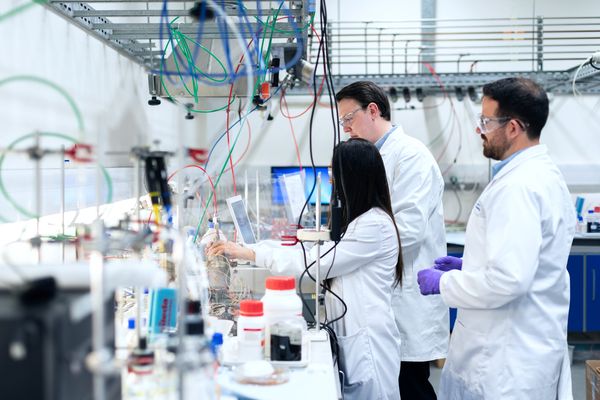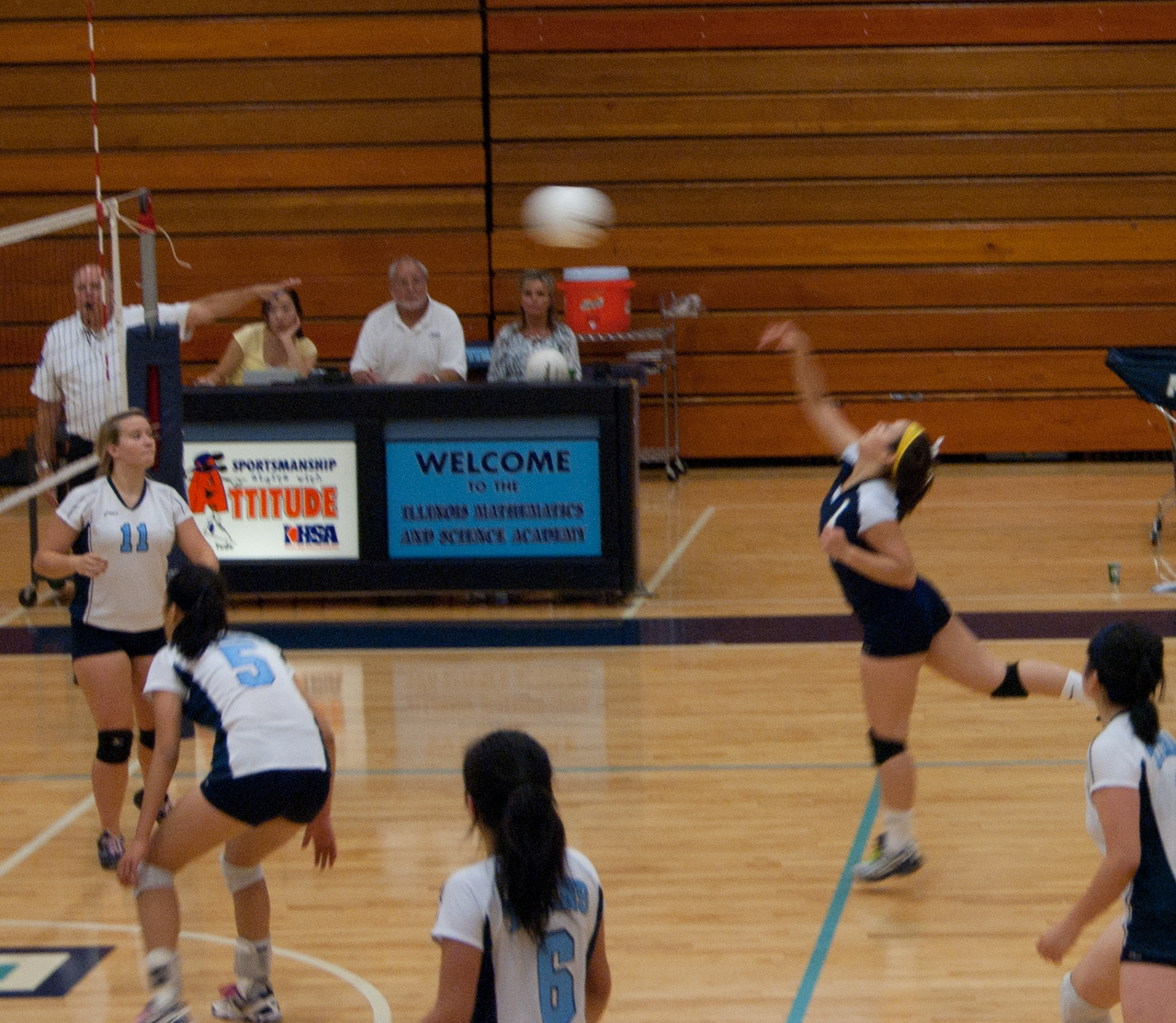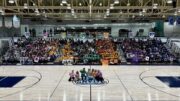Finding an SIR (early August – early October)
Student Inquiry and Research (SIR) is the pinnacle of an IMSA education. Every I-day, juniors and seniors step away from the textbook classroom and into the real world. While SIR is a substantial time commitment, the learning opportunity is unmatched.
Theoretically, SIR allows “students to conduct original investigations on compelling questions of interest, collaborate with other students and professional researchers, and share their investigation results through public presentations and publications” (Student Research Program). While conducting original research is possible, more IMSA students join ongoing projects at labs instead. This is why finding the right advisor is essential to a quality experience. I highly recommend reading Jen Ren’s article on finding the perfect balance between freedom of research, mentor support, and hands-on experience.
SIR projects are available both on-campus and off-campus. A list of on-campus SIRs can be found in the 2021-2022 IMSA Learning Opportunities on page 43. On-campus SIR’s are led by IMSA teachers, and students are divided into groups and conduct separate investigations on the main research question. Some students prefer on-campus SIR’s because they are much more accessible due to their location and ease of registration. The hours are less demanding, with one student saying their SIR typically went from 10AM to 4PM.
Off-campus SIRs are much more demanding, but also rewarding and versatile. Students are able to conduct research under any willing professor in the Chicago area. While SIRs in medicine, biology, and chemistry are most common, many students venture off into niche topics in computer science, linguistics, mathematics, social injustice, astronomy, and more. One student even did their SIR on baseball! Just remember to keep yourself flexible. As Mara Adams puts it in her guide How To IMSA: Finding An SIR, “You might want to study hydroponic phytoremediation with the foremost phytoremediation professor in Chicagoland, but if they don’t want to mentor a high school student, you won’t be able to fulfill that dream.”
In fact, finding a professor who is willing to mentor you can be a big challenge. Start by going through faculty pages of your department-of-interest at varying universities. Favorites of IMSA students are Northwestern University, University of Chicago, University of Illinois at Chicago, Northern Illinois University, Rush Copley Medical Center, and Loyola University Chicago. Other institutions like The Morton Arboretum, Fermi National Accelerator Laboratory, Argonne National Laboratory, Adler Planetarium, and the Field Museum also have professors.
Emailing professors can be a long process that will require patience. Check out this step-by-step guide on emailing professors. Remember that taking on an IMSA student is a big commitment for busy researchers. Many will say no or never reply. As Mara Adams puts it, “Besides, you’ll have a better time with a mentor who’s willing to take time out of their day to work with you than one who’s not.” For such a reason, I personally recommend finding professors who are already experienced with IMSA students and the SIR program. To do so, read through the IMSAloquium brochures and look for projects that interest you. Then, message the student(s) on that project. Ask questions about their experience such as quality of research, mentor support, and hands-on experience. If it’s a senior, see if you can “inherit” the SIR, but if it’s a junior, check if the mentor is okay with taking one more student.
SIR can be intimidating, but it’s an invaluable experience. As a high school student doing 8 hours of undergraduate research every week, you will certainly stand out amongst your peers.
PS: The Acronym sincerely hopes you enjoyed this second edition of Advice to Juniors. Keep your eyes peeled for another advice article on finding internships.






Be the first to comment on "Advice to Juniors: Finding an SIR"